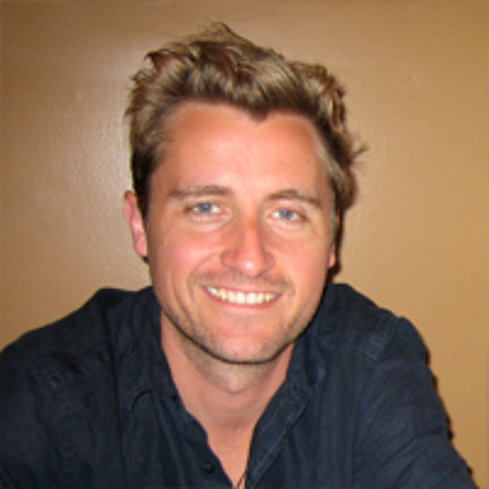2009 Finalist David McLean, Ph.D., Assistant Professor, Northwestern University, Evanston, USA

Dr. McLean was born in Perth, Scotland but grew up in Canton, New York, USA. He returned to Scotland to study at the University of St. Andrews, where he received his BSc in Biology in 1997 and then his PhD in Neurobiology in 2001. During his graduate work with Keith Sillar, he showed that the free radical gas, nitric oxide, modulates locomotor networks in developing tadpoles. In 2002, he joined Joseph Fetcho's laboratory as a postdoctoral fellow. There he used imaging and wholecell recording approaches in larval zebrafish to reveal how neurons in the spinal cord control the speed and intensity of movements. He joined the Department of Neurobiology and Physiology at Northwestern University in 2008, where he continues to pursue his interest in the development and plasticity of motor networks.
Shifting gears to change speeds in the spinal cord Dr. McLean's essay describes a novel pattern of organization in the spinal cord that is responsible for producing movements at varying speeds. Larval zebrafish use coordinated muscle contractions to move around, much like we do. The transparency of larval zebrafish, however, provides a unique opportunity to peer into the nervous system and watch neurons at work. Using a combination of whole-cell recordings and imaging approaches in genetically modified fish, Dr. McLean discovered that spinal neurons are organized topographically according to their participation in different speeds of swimming. Interneurons that activate motoneurons are recruited from the bottom of the spinal cord up. However, as more dorsal interneurons are engaged, more ventral ones are shut off. The pattern is like switching gears on a bicycle, where different interneurons are responsible for different speeds of swimming. These findings will likely have an impact on cell replacement strategies to repair spinal injury, as more than one cell type may be needed to recover our full range of movements.
For Dr. David McLean‘s full essay, see Science online at science.org.
